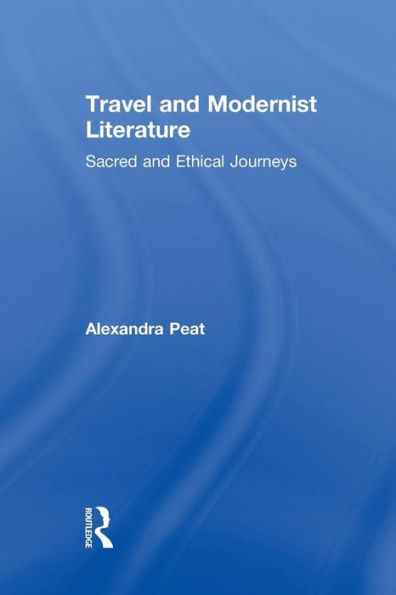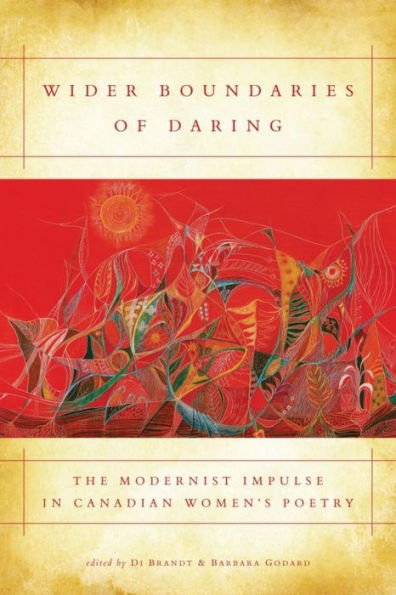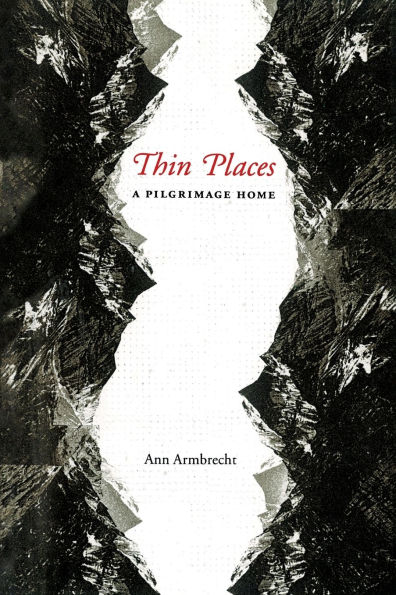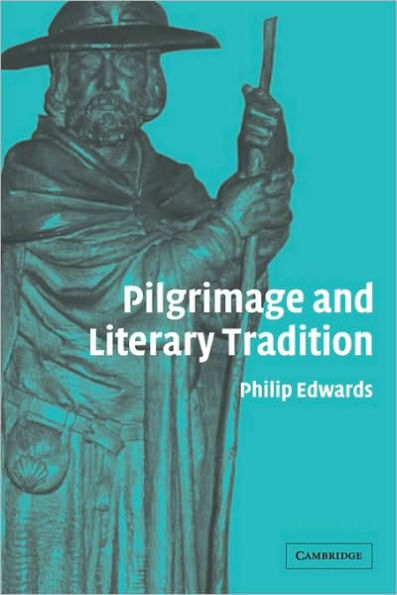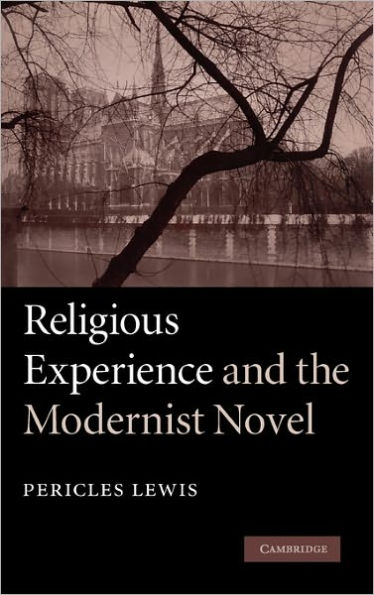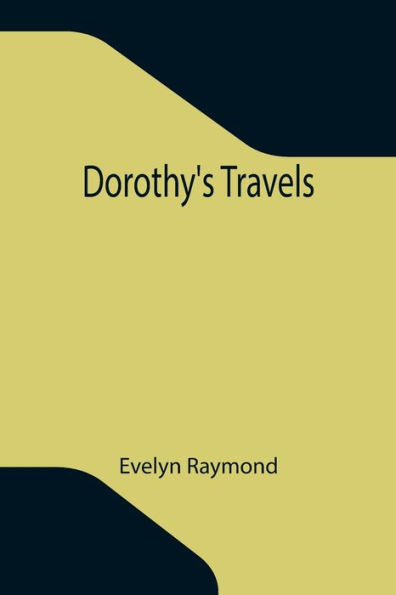Home
Experimenting on the Borders of Modernism: Dorothy Richardson's Pilgrimage
Barnes and Noble
Experimenting on the Borders of Modernism: Dorothy Richardson's Pilgrimage
Current price: $50.95


Barnes and Noble
Experimenting on the Borders of Modernism: Dorothy Richardson's Pilgrimage
Current price: $50.95
Size: OS
Loading Inventory...
*Product information may vary - to confirm product availability, pricing, shipping and return information please contact Barnes and Noble
As one of the first English novelists to employ "stream of consciousness" as a narrative technique, Dorothy Richardson ranks among modernism's most important experimentalists, yet her epic autobiographical novel
Pilgrimage
has rarely received the kind of attention given to the writings of her contemporaries James Joyce, Virginia Woolf, and Marcel Proust.
Kristin Bluemel's study explores the relationship between experimental forms and oppositional politics in
, demonstrating how the novel challenged the literary conventions and cultural expectations of the late-Victorian and Edwardian world and linking these relationships to the novel's construction of a lesbian sexuality, its use of medicine to interrogate class structures, its feminist critique of early-twentieth-century science, and Richardson's short stories and nonfiction.
Pilgrimage
has rarely received the kind of attention given to the writings of her contemporaries James Joyce, Virginia Woolf, and Marcel Proust.
Kristin Bluemel's study explores the relationship between experimental forms and oppositional politics in
, demonstrating how the novel challenged the literary conventions and cultural expectations of the late-Victorian and Edwardian world and linking these relationships to the novel's construction of a lesbian sexuality, its use of medicine to interrogate class structures, its feminist critique of early-twentieth-century science, and Richardson's short stories and nonfiction.
